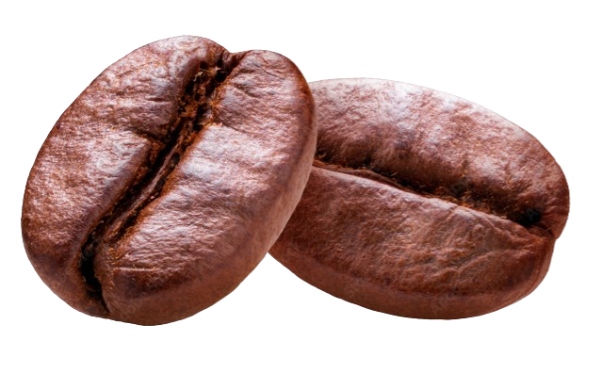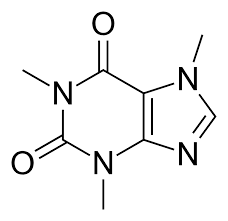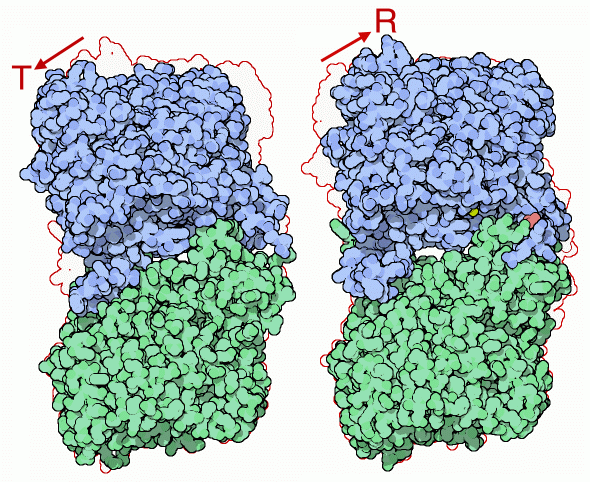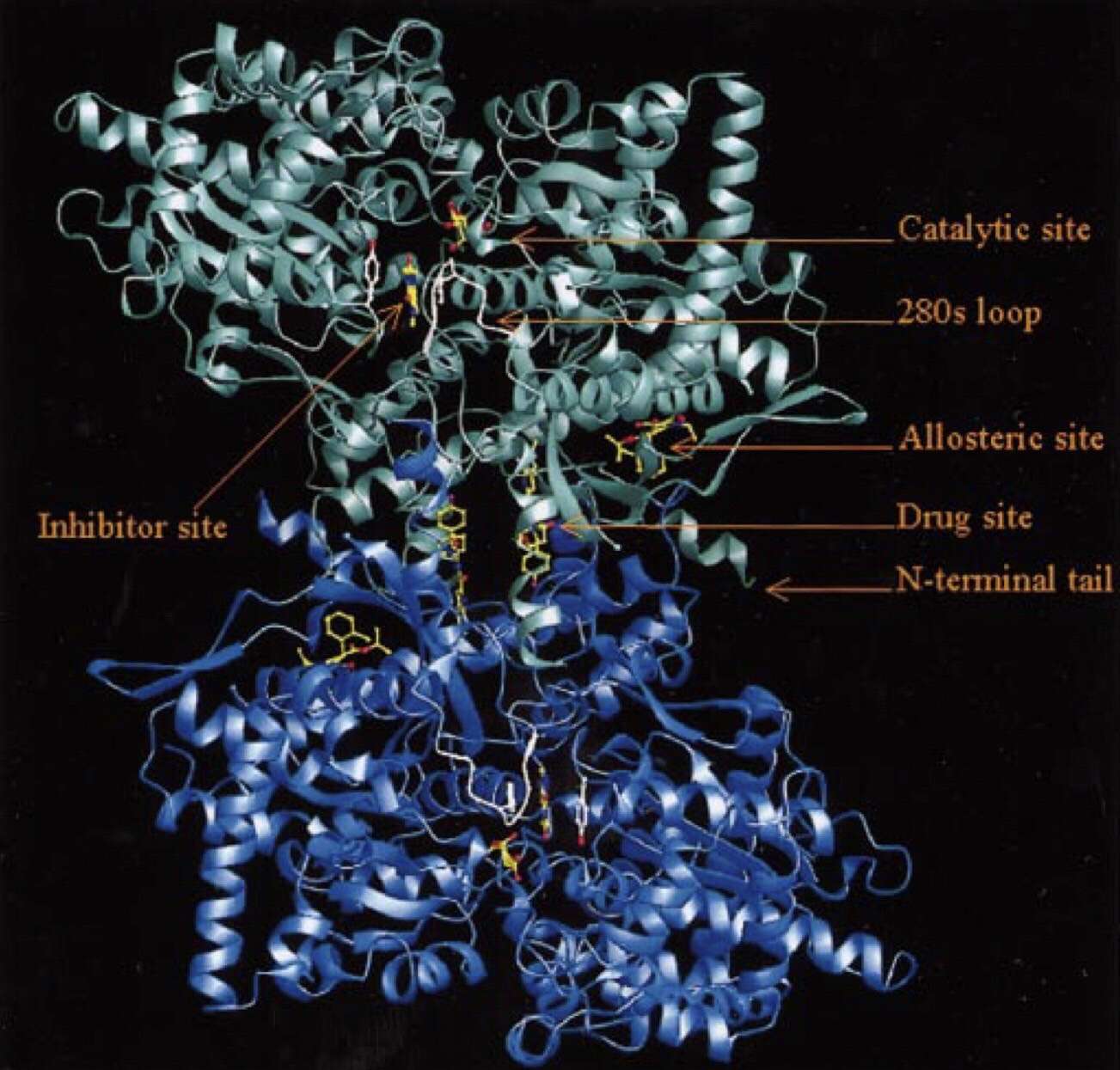This website is dedicated to applying the knowledge of MANORAA, a machine learning platform for drug discovery, and the interactions between ligands and proteins, which I learned in my lab rotation class.

Caffeine (1,3,7-trimethylxanthine) is an alkaloid that occurs naturally in coffee, cocoa beans, kola nuts, and tea leaves. It is the most widely consumed as foods and beverages, including coffee, tea, chocolate, and energy drinks and widely studied psychoactive substance. Caffeine is also present in some medications, such as over-the-counter pain relievers and cold remedies.Caffeine is a well-known substance for awakening because it is a naturally occurring central nervous system (CNS) stimulant of the methylxanthine class. Caffeine works by blocking the effects of adenosine, a neurotransmitter that makes you feel tired. When caffeine blocks adenosine, it increases the activity of other neurotransmitters, such as dopamine and norepinephrine. This leads to several effects, including increased alertness, energy, and focus.
C8H10N4O2

Caffeine consists of two fused rings: a pyrimidine and an imidazole. The pyrimidine is a six-membered ring with two nitrogen atoms, and the imidazole is a five-membered ring with two nitrogen atoms. The two rings are fused at two carbon atoms. Caffeine also contains four methyl groups (CH3 groups) and two carbonyl groups (C=O groups). The methyl groups are attached to the nitrogen atoms in the pyrimidine and imidazole rings, and the carbonyl groups are attached to the carbon atoms in the pyrimidine ring.
Glycogen phosphorylase (GP) is an enzyme that plays an important role in blood glucose levels. It breaks down glycogen, a stored form of glucose, into glucose-1-phosphate, which is then converted to glucose. This process, called glycogenolysis, is a major source of glucose for the body. GP is a therapeutic target for type 2 diabetes because it is overactive in people with this condition. This leads to increased glycogenolysis and higher blood glucose levels. In other words, GP is an enzyme that helps to control blood glucose levels. When GP is overactive, it breaks down too much glycogen and releases too much glucose into the blood. This can lead to type 2 diabetes.


Glycogen phosphorylase (GP) is a key enzyme in the regulation of glycogenolysis, the breakdown of glycogen into glucose-1-phosphate. It is a highly regulated enzyme with multiple binding sites, including: Allosteric site for AMP activator: AMP binding to this site activates GP, increasing its catalytic activity. This is important because AMP levels are high when energy levels are low, so GP activation allows the body to release energy from its glycogen stores. Inhibitor site: This site binds to various inhibitors, such as glucose-6-phosphate, which block the activity of GP. This is important because GP needs to be tightly regulated to prevent excessive glycogenolysis. Catalytic site: This is where the actual breakdown of glycogen occurs. GP cleaves the glycosidic bonds between glucose molecules in glycogen, releasing glucose-1-phosphate. New allosteric site: The function of this site is not yet fully understood, but it is thought to play a role in regulating the activity of GP. And other binding sites. The binding sites of GP provide a number of opportunities for drug design. For example, drugs could be designed to target specific binding sites in order to activate or inhibit GP. This could have potential applications in the treatment of diseases.